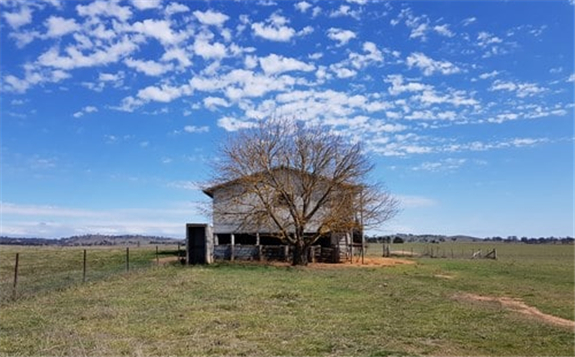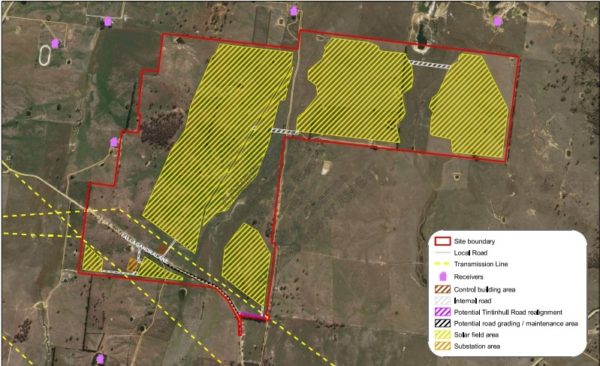The New South Wales Independent Planning Commission last week conditionally approved development of RES Group’s long contested 100 MW Springdale Solar Farm Project, outside Sutton in the south of the state, near the ACT border.

The Commission became involved in the determination because more than 50 ‘unique’ public objections to the project were received.
At an electronically conducted public meeting in January, the community of the Yass Valley Shire voiced concerns which reiterated written submissions around land use compatibility, visual impacts of the 190 hectare (470 acre) solar farm; biodiversity; traffic impacts during construction; and land values and other economic impacts.
On the whole, the Commission came to the decision that the Project, which will provide enough renewable energy to power the equivalent of 37,000 homes “is in the public interest”.
The IPC’s Statement of Reasons for Decisions says, “on balance… the impacts are acceptable and capable of being appropriately mitigated through the measures required under the conditions of consent imposed by the Commission”.
Terms and conditions
Those conditions include setback and vegetation screening requirements that will minimise visual impacts on nearby residents — the solar farm comprises four large and two small solar fields distributed across two pieces of land bordering Tallagandra Lane on the outskirts of the village of Sutton.
RES is also required to establish and manage a 60-hectare conservation area for the Gold Sun Moth; and to take measures to protect the habitat of the Superb Parrot and the Legless Lizard — in all, a marvellous diversity of creatures common to the area, which warrant conservation efforts.
A global, UK-based, renewable energy developer with more than 19 GW of projects to its name, RES acquired the locally contested project from Australian company Renew Estate, in April last year.
CEO of RES in Australia, Matt Rebbeck, said at the time, “Developing new clean energy projects can be challenging and the RES project team is able to leverage our significant experience gained in Australia to see this project through development and into construction.”
The solar farm site appeared to be well situated, on land that has historically been used for cattle grazing, and which retains little native vegetation.
As a renewable-energy proposition, it has that critical component of close proximity to the 132 kV grid network, with available capacity to connect.
Simon Currie, a director at Renew Estate is an advocate of community engagement and benefit sharing throughout the development of renewable projects, as is RES, which Rebbeck has emphasised is “committed to sourcing both jobs and materials locally where feasible, enhancing an increased demand for local services such as accommodation and food services”.

Regional communities interested in a bigger stake?
A number of movements and initiatives throughout Australia suggest there is a community appetite for still greater direct engagement with and equity holding in renewable-energy developments.
Independent MP, Helen Haines, for example, is today introducing a Bill to Federal Parliament that would support community development of renewable projects of all sizes, with technical advice and grant funding; and which would require large renewable projects to make 20% equity available to local potential investors.
She told ABC Radio National this morning that her Local Power Agency Bill, which requires $483 million in Government funding, is designed to address the fact that, “Right now, every major solar farm and wind project is in regional Australia, but what we don’t see is those local communities having direct buy in.”
Springboard for Springdale opportunities to flow
RES was not available for comment today on a revised timeline for Springdale now that IPC conditional approval has been received, but the project is expected to generate 200 jobs during construction with a further five positions ongoing over the lifetime of the project, and a $100,000 locally managed Community Benefit Fund will also kick in at commencement of construction.
The company’s 2 GW of renewable-energy projects in Australia includes the now Lighthouse-owned 72 MW Emerald Solar Park in Queensland, for which RES continues to provide asset-management services; the 200 MW proposed Avonlie Solar Farm near Narrandera in NSW, which is expected to begin construction later this year; and the 176 MW Pallamana Solar Farm incorporating battery storage and located north west of Murray Bridge in South Australia, which is expected to be operational in mid 2022.